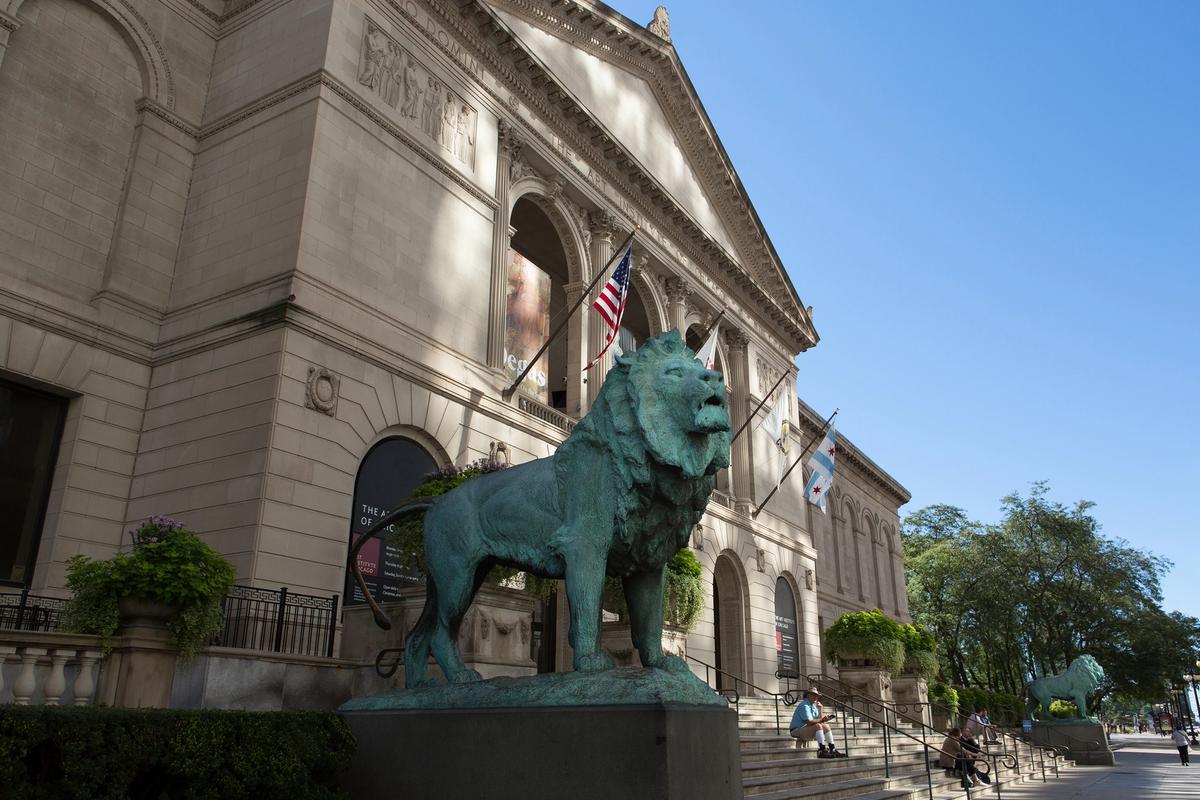Art museums today, and further into the 21st century, must be understood less as impervious temples to culture and more as porous social platforms, real and virtual portals to information and knowledge across a wide spectrum of interactions. At the Art Institute of Chicago, we are focusing our talent over the next five years on ensuring that every person who enters our spaces feels welcome. Visitors recognise themselves more and more in our collections, exhibitions, and programming, but we must go beyond that and reimagine how our spaces themselves can telegraph: “This is your experience.”
That is why we recently asked Fabrizio Barozzi and Alberto Veiga, the founding principals of the Barcelona-based firm Barozzi Veiga, to help us to assess the museum’s current campus, consider needs for the collection, exhibitions, and, importantly, the staff; and to begin to create a plan for the future.
The Art Institute is a civic entity. Our architectural presence is just one manifestation of our values, but it is an important one. At our core, we have always embraced our role as a place for every Chicagoan—along with every US or international visitor. Harriet Monroe, the founding editor of Poetry Magazine, defended the museum’s contemporary nature in a Tribune editorial published in 1912, stating: “The Art Institute may be over-active, over-hospitable, overcrowded with passing exhibitions and students, but at least it is alive. There is always something doing there, its galleries are usually crowded, it is reaching the people.”
In order to continue to exemplify and evolve the energetic institution described by Monroe, we must define our museum as one with the potential to be as much about experiences as about the rare and important objects we steward. More accessible and navigable museum spaces might help us present works of art in new and more inclusive creative exchanges—within chronological, material, stylistic, or geographic spectra.
By bringing in a partner who can think beyond what has already been done, we are acknowledging that we could be more transparent and hospitable, since the continuity and connectivity of our interior spaces can confound even our regular visitors. Barozzi Veiga affirmed our belief that we can do more to open ourselves to the unique and beautiful city around us and to the singular nature of our site. More importantly, they helped us acknowledge that the museum of the future will require innovative solutions that allow us to evolve in ways we have yet to comprehend fully.
Could there be a new kind of museum space, apart from a singular attachment to the functions (gallery, café, shop, etc) that have essentially been in place for more than a century? An innovative typology of space could simultaneously serve as a new town square, where the emphasis is on community and where the next generation of visitors can come to look, talk, think, read, get online, be alone, socialise, dine, and see a film or live performance. Whatever we accomplish together should not be conceived as a single or discrete project; rather, we must now face the challenge of understanding our museum as a dynamic urban campus, a complex architectural and experiential ecosystem.
We feel incredibly privileged to continue to work on behalf of our exceptional city as one of the world’s greatest art museums. We are a place of active learning for all, and we aspire to model public service and civic engagement as a diverse, global museum that promotes equitable participation in creative and critical engagement with art of all kinds. We are continually expanding our robust free access, particularly to young people in the city of Chicago. We know, however, that these benefits are only meaningful if the experience of our campus balances artistic and intellectual stimulation with the affirmation that we all belong here.
- James Rondeau is the President and Eloise W. Martin Director of the Art Institute of Chicago


